🚀 Elevate Your Career in 2025! Join the DevOps Master Program – Unleash Opportunities and Skyrocket Your Job Prospects! 🌐💼
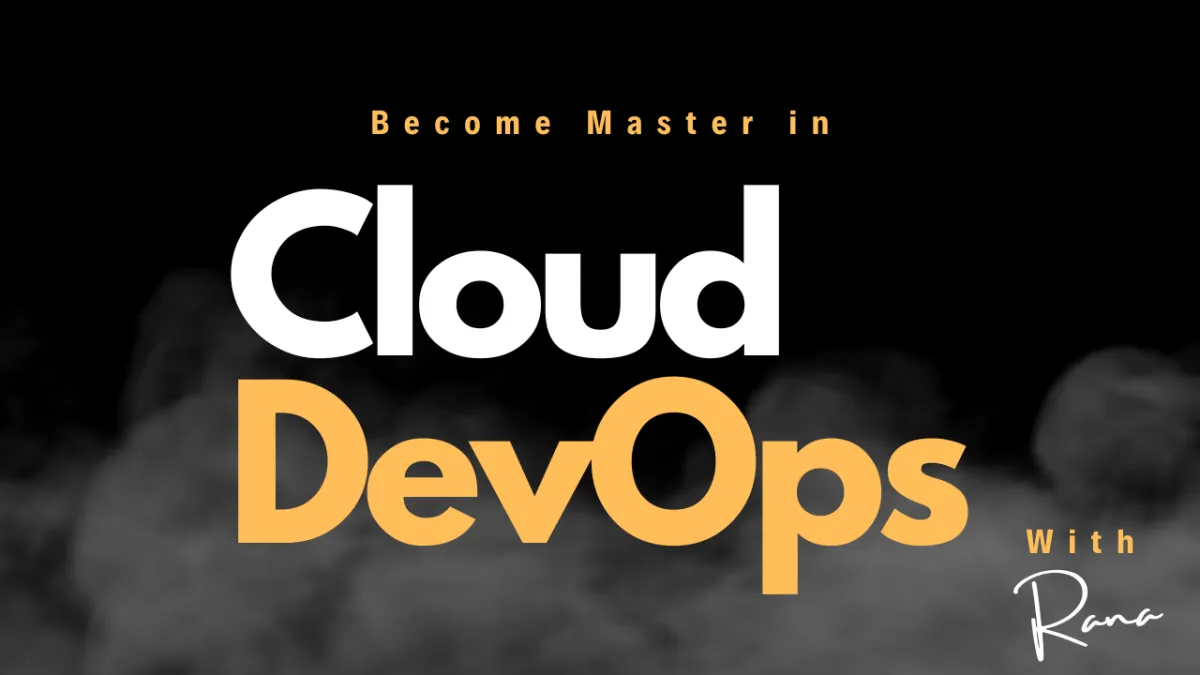
Empowering countless individuals, I've played a pivotal role in shaping their professional journeys with the DevOps Master Program. Bridging the gap between technical and non-technical backgrounds, this program champions a code-free approach, making the world of software accessible to everyone seeking career advancement
Small Call to Action Headline
What are the Pre-Requisites will cover for Non-Technical People?
Linux
Windows
Basic Networking
What are the Tools will Cover in Cloud DevOps Master Program ?
Small Call to Action Headline
Version Control System
VCS typically stands for Version Control System. Version control is a system that manages changes to a project's source code over time, enabling collaboration among multiple contributors and providing a history of changes. There are different types of version control systems, with two main categories: centralized and distributed.
1. GitHub
2. Bitbucket
3. GitLab
4. AWS CodeCommit
Build
Software build is the process of converting source code into executable programs. This involves compiling the code, linking libraries, and packaging the binaries, ensuring that the software is ready for deployment and use.
1. Maven
2. AWS Build
Continuous Integration & Continuous Delivery
Continuous Integration (CI) is a development practice where developers integrate code into a shared repository frequently, ideally several times a day, to detect errors quickly. Continuous Delivery (CD) extends CI by automatically deploying the integrated code to production-like environments for further testing, ensuring that the software can be reliably released at any time.
1. Jenkins
2. AWS CodePipeline
Continuous Deployment
Continuous Deployment is an extension of Continuous Delivery where every change that passes automated tests is automatically deployed to production. This practice eliminates the need for manual intervention in the deployment process, allowing for rapid and reliable software releases directly to end users.
1. Ansible
2. AWS CodeDeployment
Infrastructure as Code
Infrastructure as Code (IaC) is a practice in which infrastructure is provisioned and managed using code and automation rather than manual processes. By defining infrastructure in code, it becomes versionable, testable, and repeatable, enabling consistent and reliable deployments across different environments.
1. Terraform
2. AWS CloudFormation
Containerization & Orchestration
Containerization is a lightweight form of virtualization where applications and their dependencies are packaged together into containers, ensuring consistency across different environments.
Docker
Orchestration refers to the automated management and coordination of these containers, typically using tools like Kubernetes, to handle tasks such as deployment, scaling, and networking, ensuring efficient and reliable operation of containerized applications.
Kubernetes
Cloud Computing
Cloud computing is the delivery of computing services—including servers, storage, databases, networking, software, and analytics—over the internet ("the cloud"). This model provides flexible resources, faster innovation, and economies of scale, allowing businesses to access and scale technology resources on-demand without the need for significant upfront infrastructure investments.
Amazon Web Services
Microsoft Azure
Continuous Monitoring
Continuous Monitoring with Prometheus involves collecting and analyzing metrics from applications and infrastructure in real-time to ensure system performance and reliability. Prometheus is an open-source monitoring and alerting toolkit that scrapes metrics from configured targets, stores them in a time-series database, and provides powerful querying capabilities. This enables proactive detection of issues, performance optimization, and timely incident response.
Scripting
Scripting for DevOps involves using scripting languages like Bash, Python, or PowerShell to automate tasks throughout the software development lifecycle. This includes provisioning infrastructure, configuring environments, deploying applications, and managing workflows. Scripting accelerates processes, enhances consistency, and supports the principles of Continuous Integration and Continuous Delivery (CI/CD) by enabling repeatable and reliable automation of operations in DevOps practices.
Top DevOps Tools and Cloud Services to Master in 2025
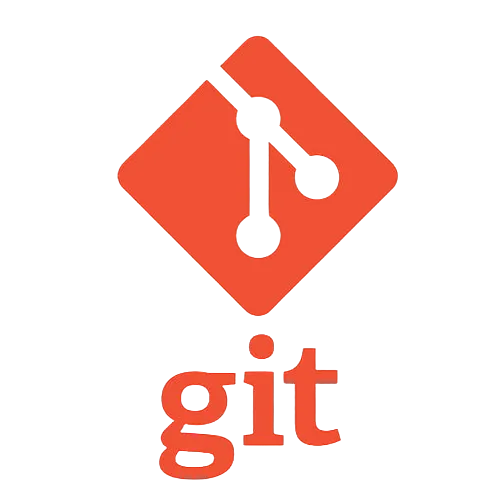

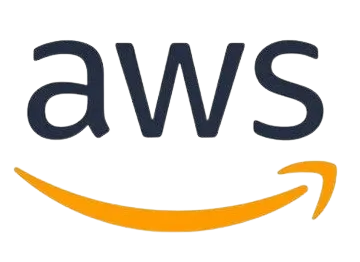
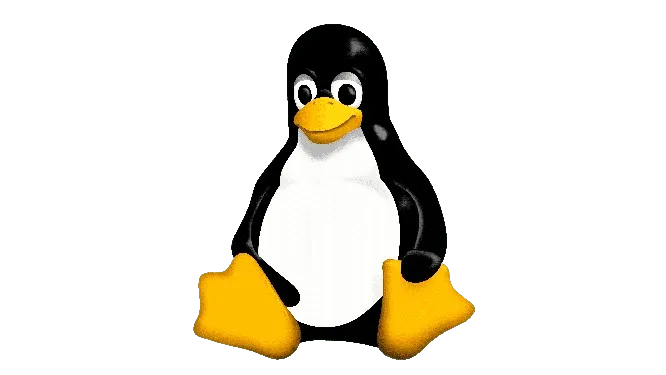

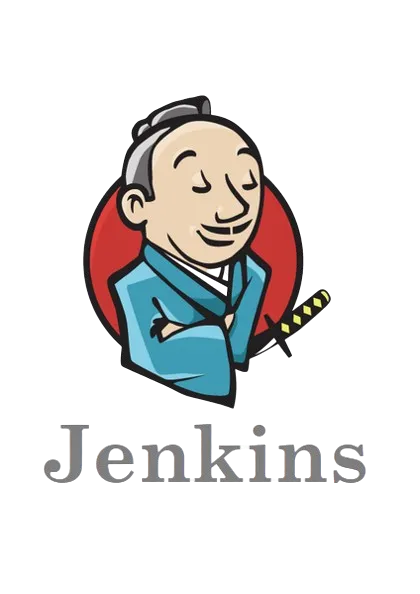
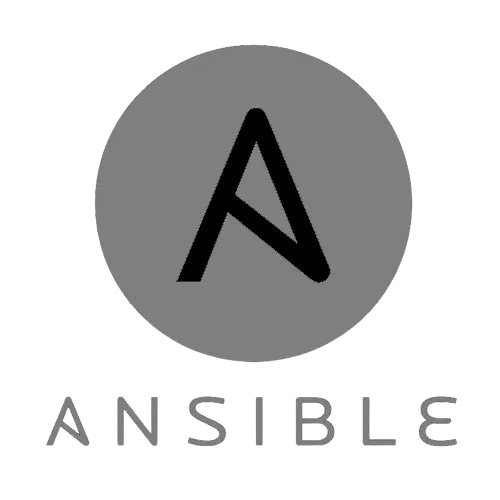

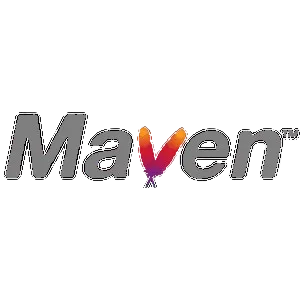
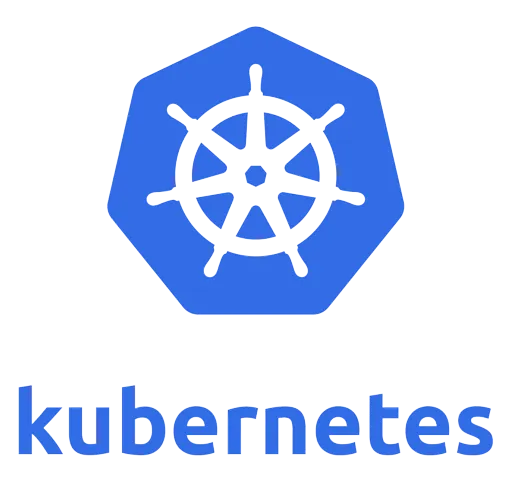
-Unlock Cloud DevOps Mastery
7-Day's Free Live Classes
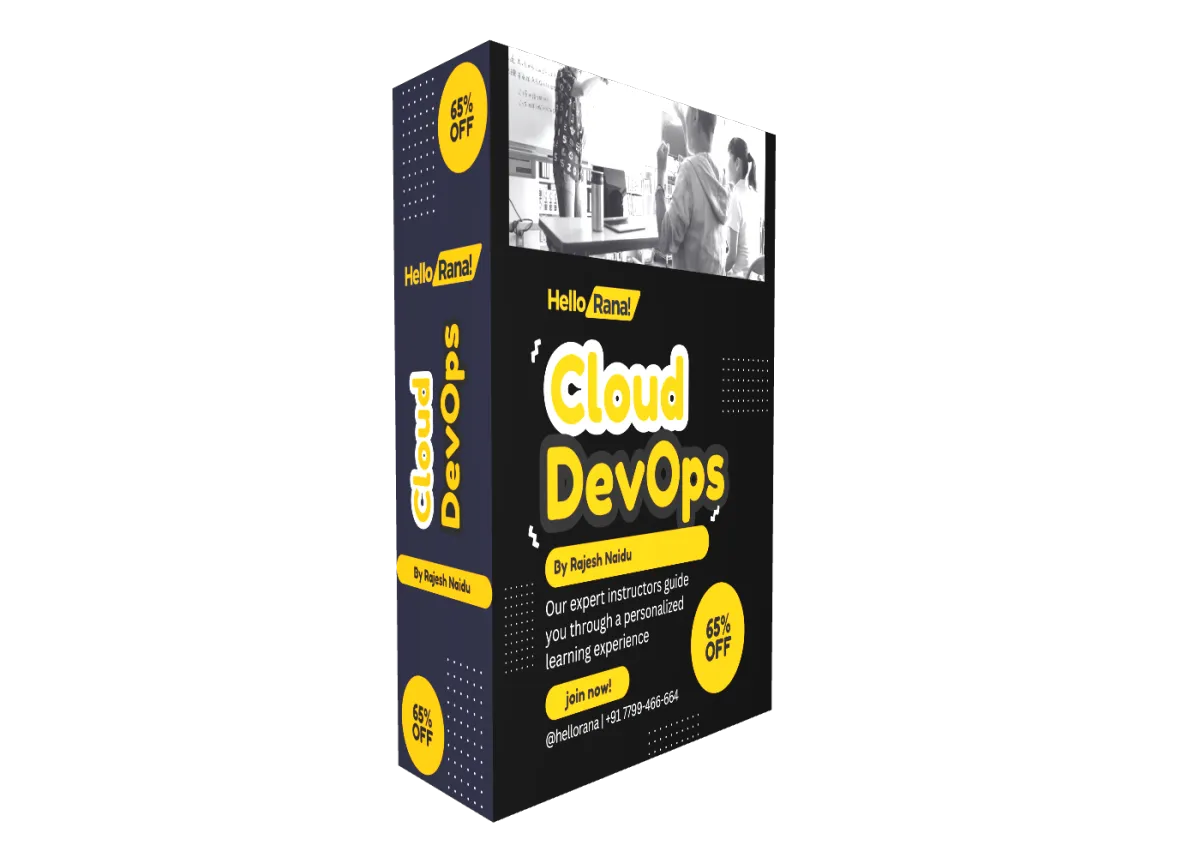
Day1-Session
1.What is Software Development Life Cycle
2.Introduction to DevOps
3.What is DevOps Process
4.DevOps Tools Ecosystem
5.Job opportunities in DevOps
6.Explain DevOps Project
Day2-Session
Day3-Session
1.Introduction to IAM Service
2.Users-How to Add and Manage Users in AWS IAM
3.Groups-Creation-How to Set Up and Configure IAM Groups in AWS
4.MFA-How to Configure Multi-Factor Authentication (MFA) in AWS IAM
5.Policies-Creating and Managing IAM Policies in AWS
Day4-Session
1.Introduction of EC2 service
2.Getting started with Virtualization Technology
3.Introduction to Linux Operating System
4.How to Create Linux Virtual Machine in EC2
Day5-Session
1.Linux Directory Structure
2.Introduction to Basic Linux Commands: A Practical Tutorial
3.Introduction to Web Servers: Build Linux webserver in AWS Cloud
Day6-Session
DevOps Tool
Day7-Session
Devops Tool
Meet the Mind Behind "DevOps Master Program"

